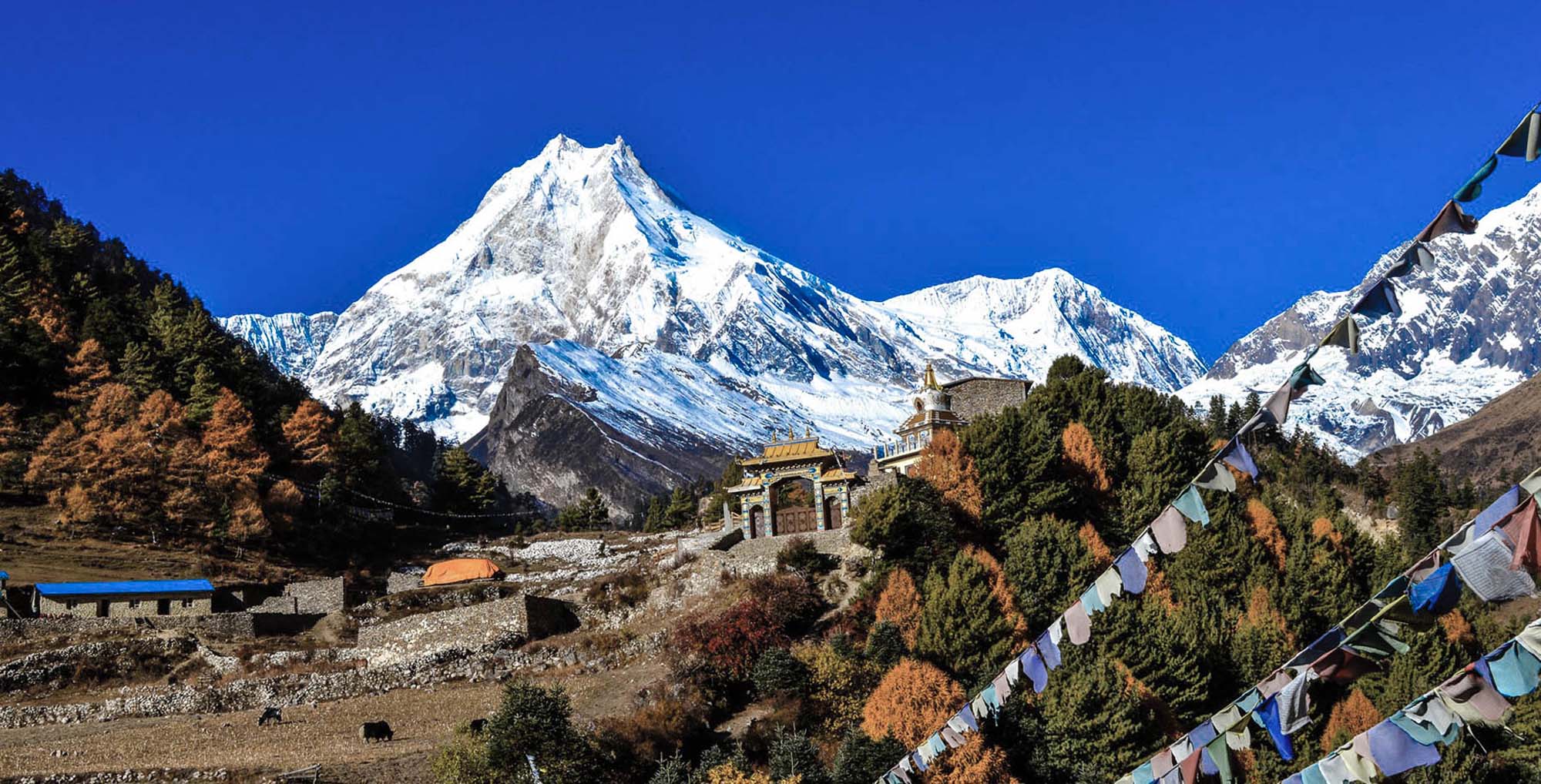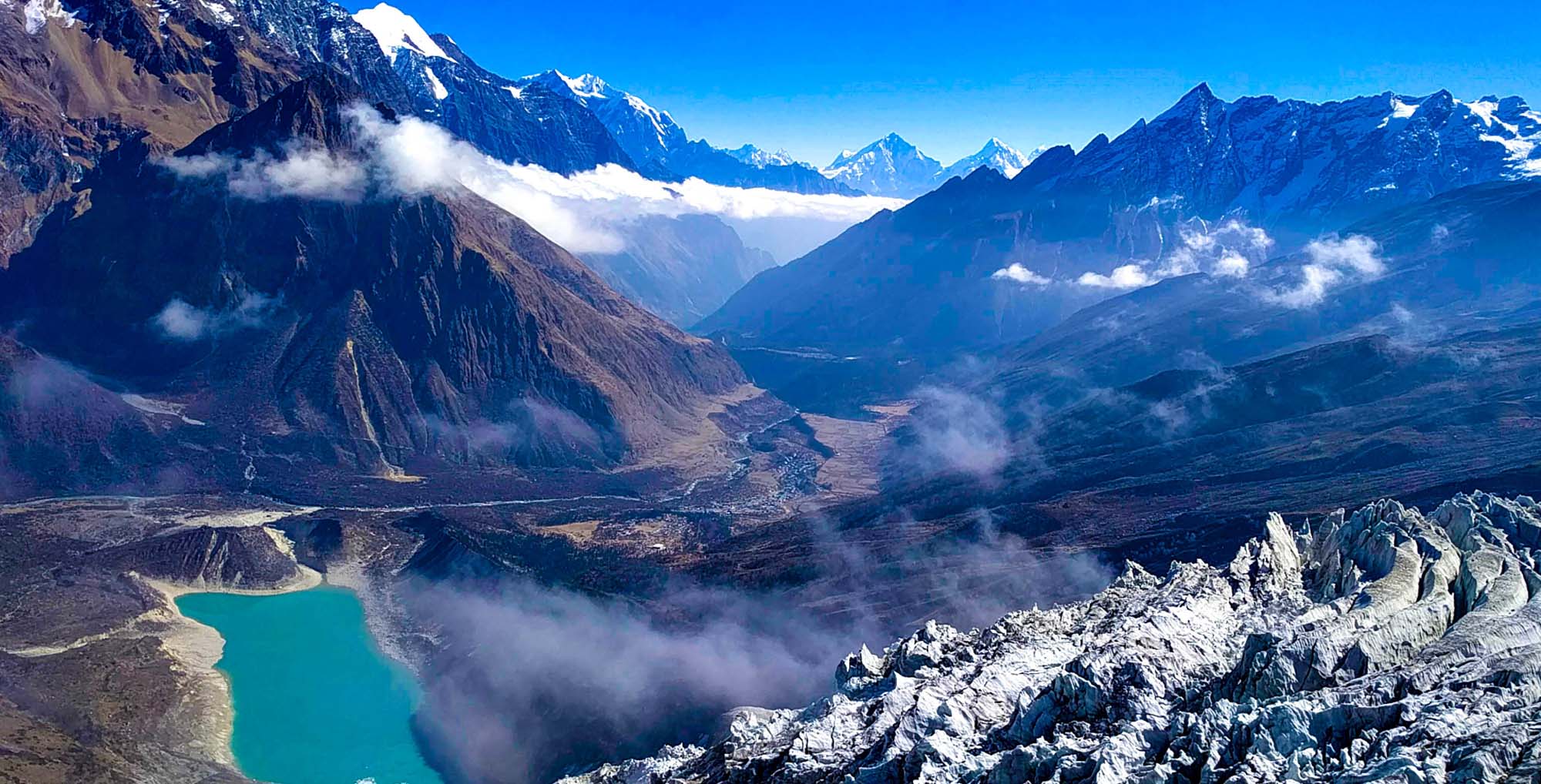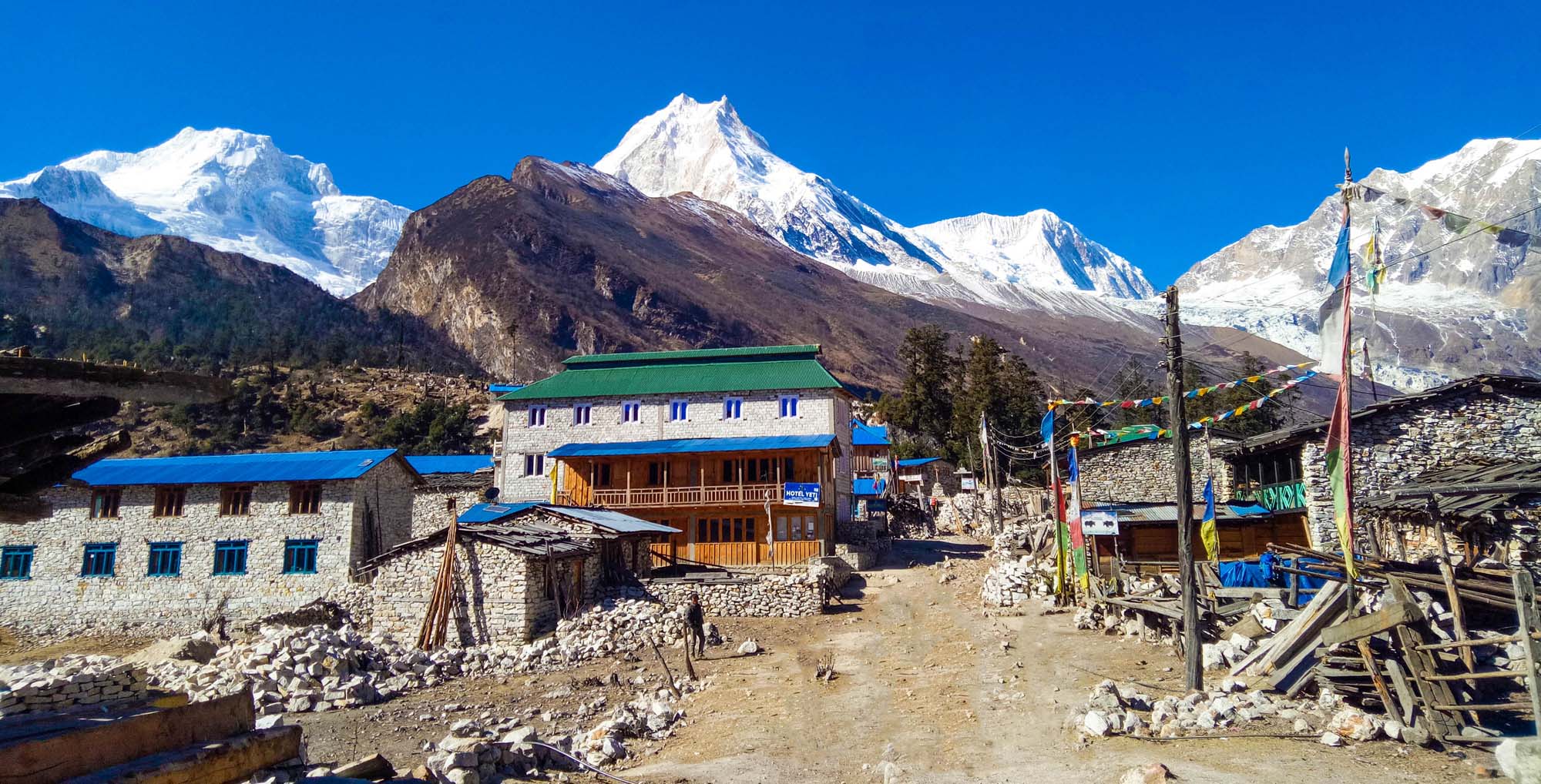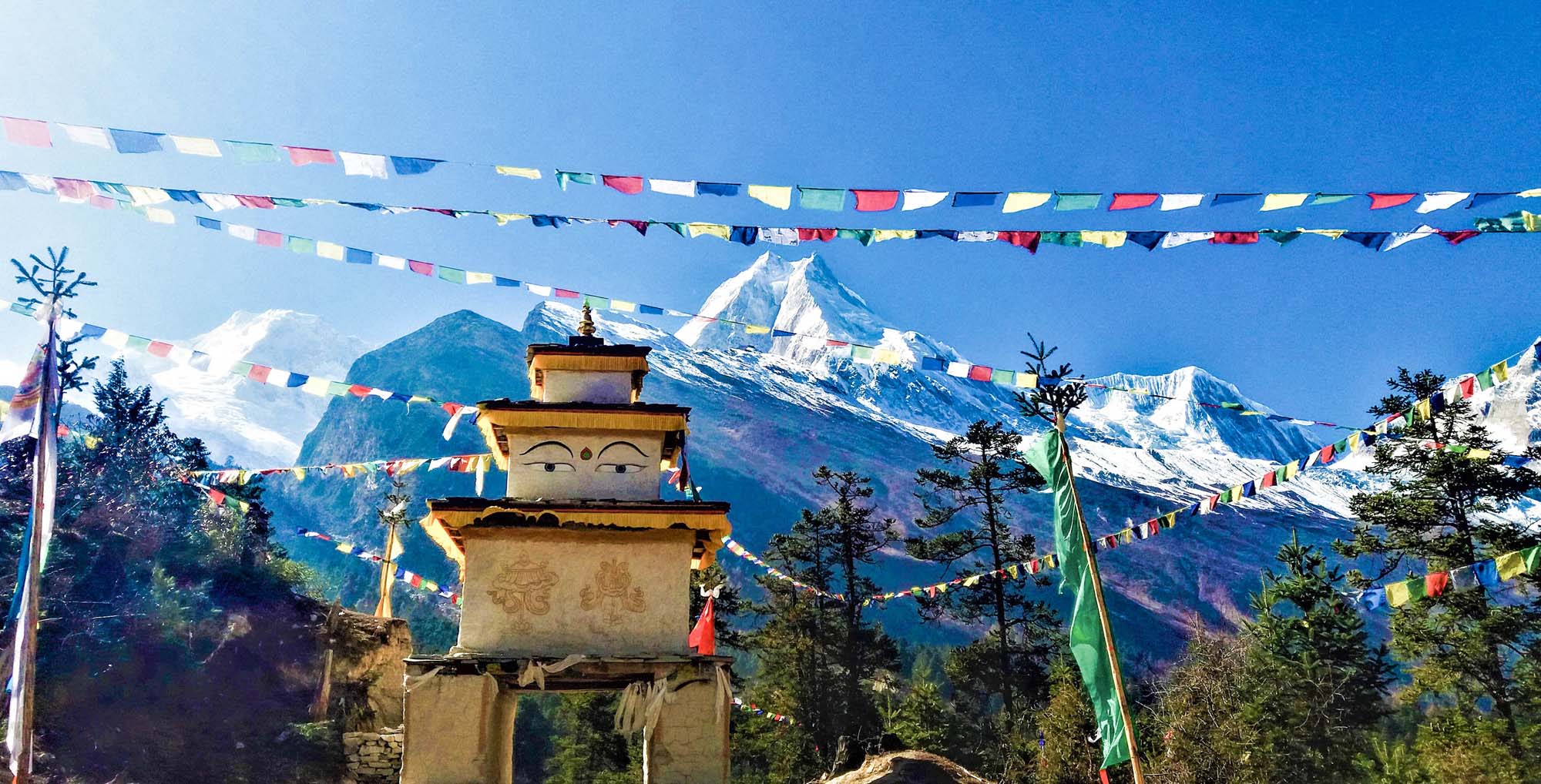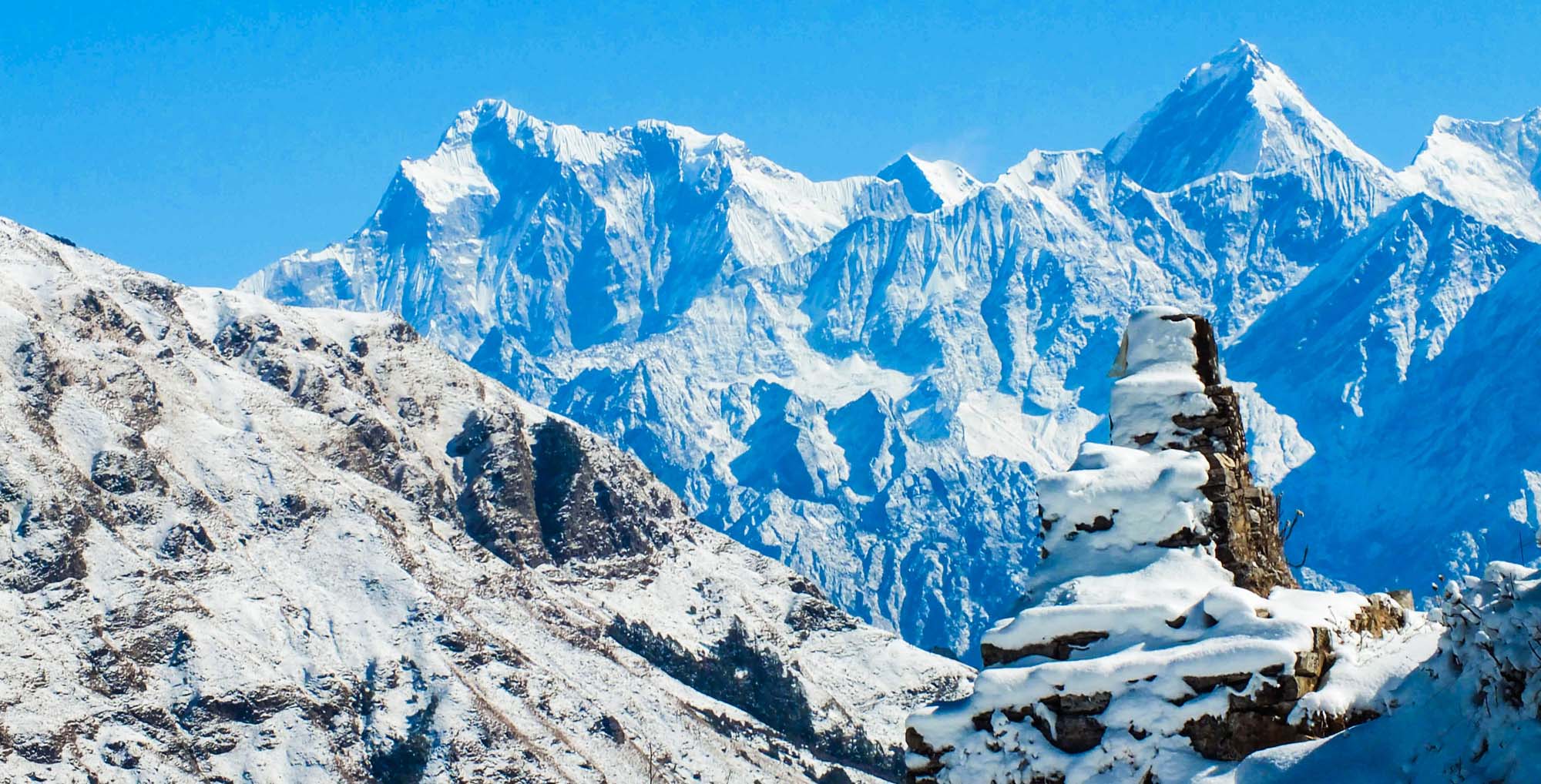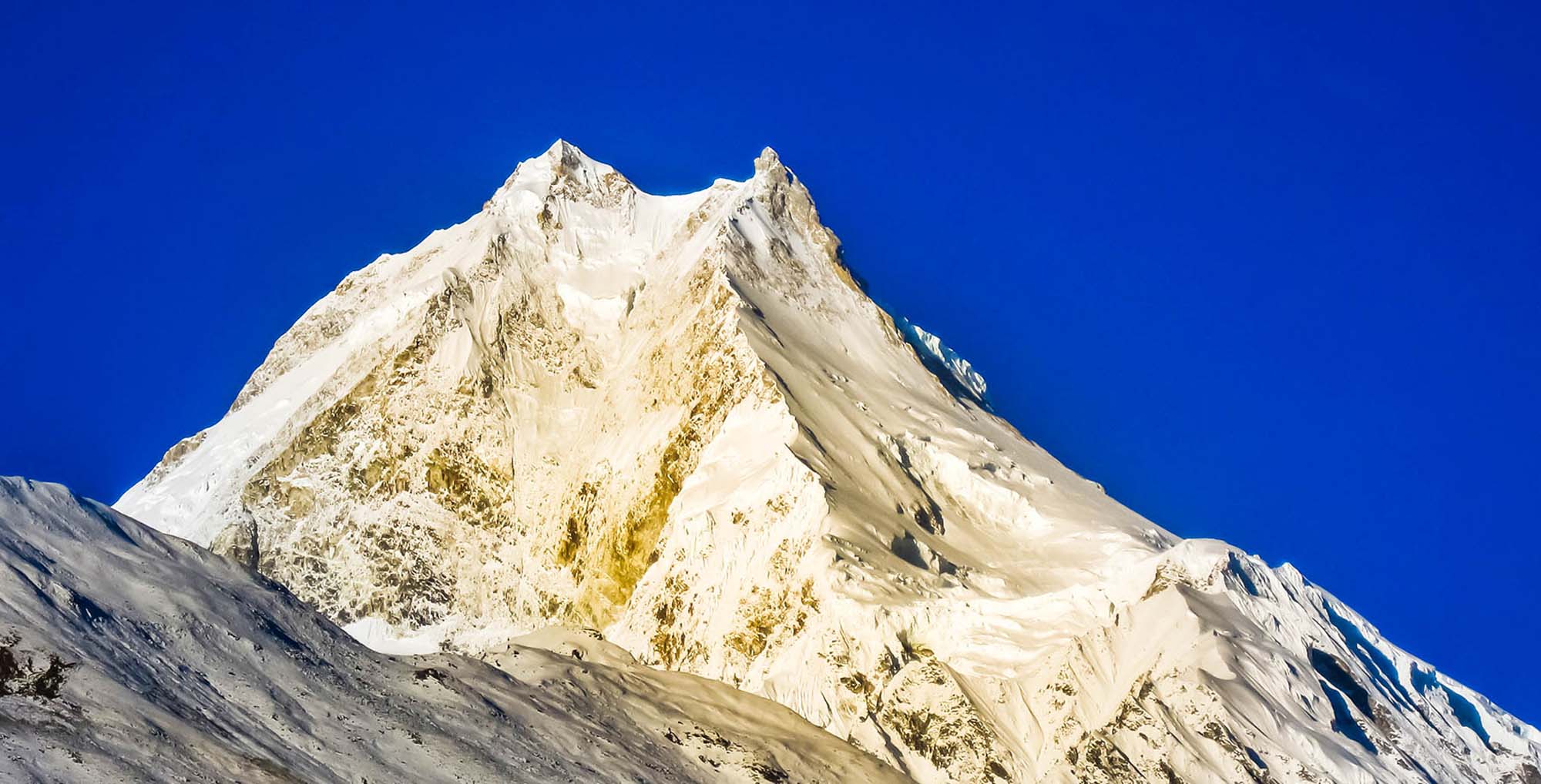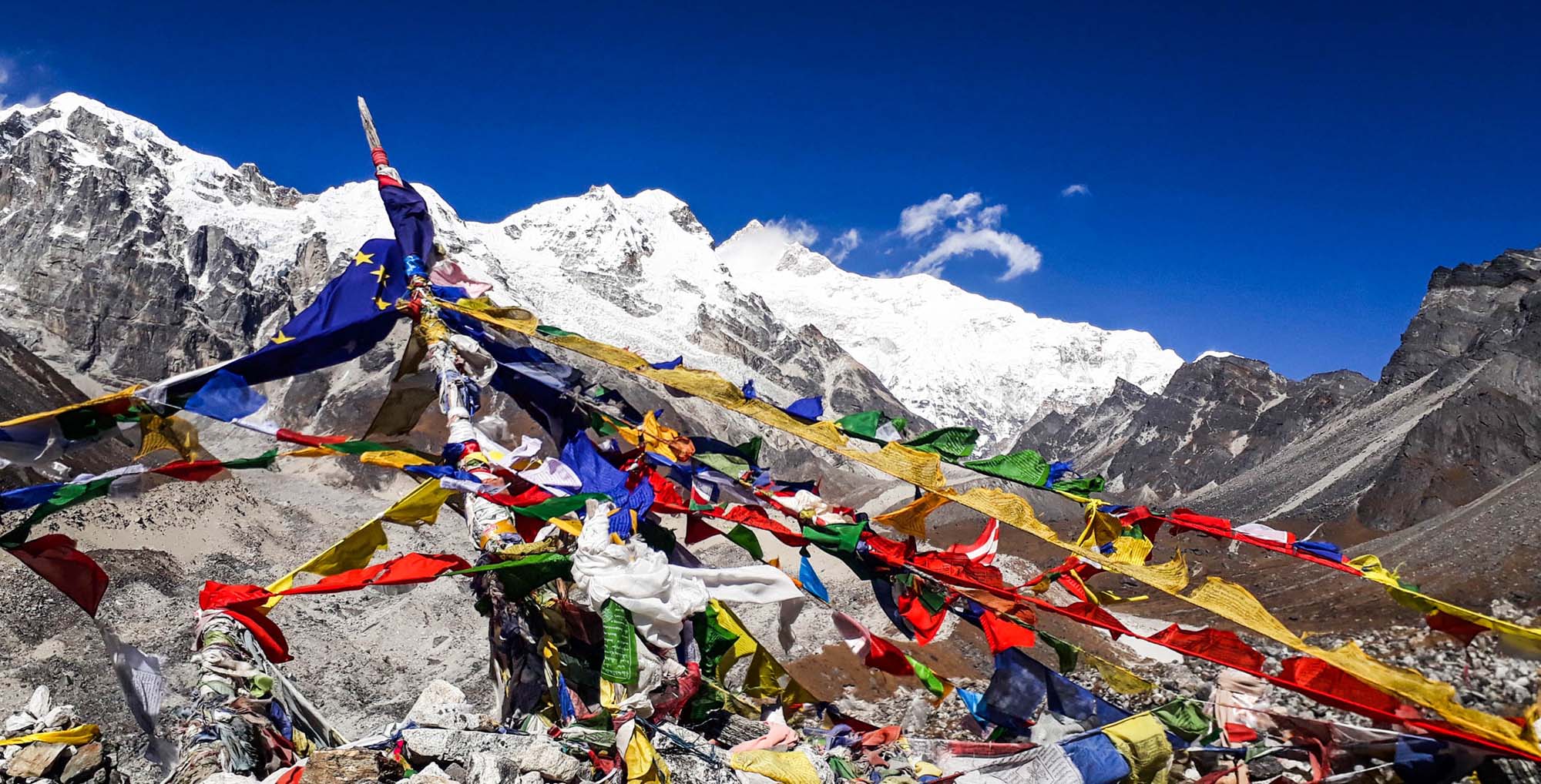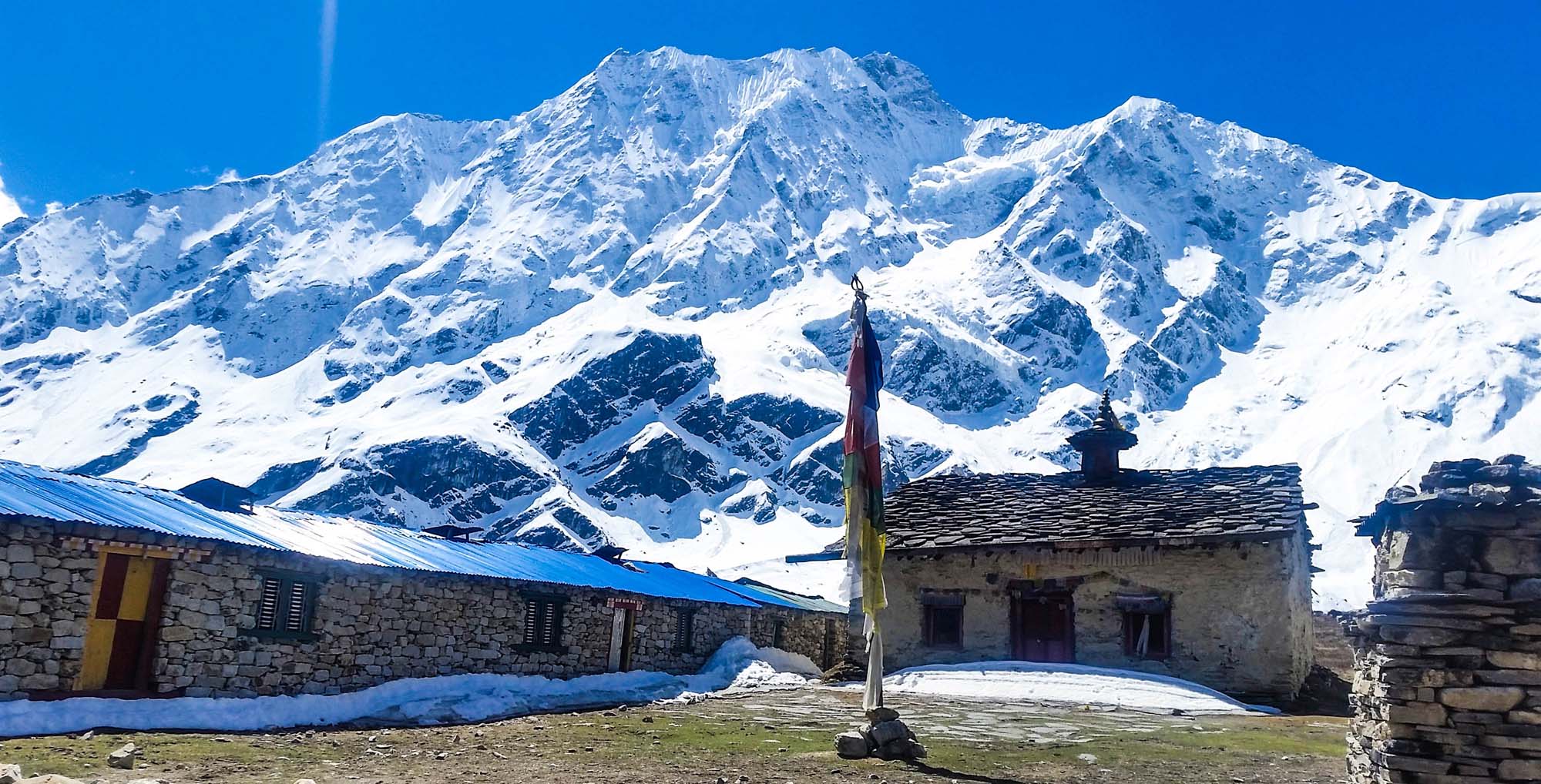Important Information
Region
Manaslu Region Treks
Duration
23 Days
Max Altitude 5160m
Best Season Whole Season
Activity Per Day
5-6 hrs
Grade
Level 3
Group Size
2 - 20 people
Transportation Jeep
Tsum valleys and Manaslu Circuit used to trek only with proper camping equipment in the past. But these days tea houses are built there to provide lodging and fresh meal service to trekkers and mountaineers who wish to visit these hidden valleys of Manaslu and Tsum that lie in Gorkha district. This combined Manaslu and Tsum valley trek will offer trekkers to explore the sensational view of Mount Manaslu (8th highest mountain in the world with 8,156m), secret Tibetan Buddhist isolated Himalayan Tsum Valley, and experience the dramatic Larke Pass of 5,100 meters.
Manaslu Trek is the controlled trekking area of Nepal, one of the best treks in Nepal regarded by many trekkers. Manaslu circuit trek comprises sub-tropical Himalayan foothills to arid Trans Himalayan high pastures which bordering Tibet and offers a package of astonishing view, increasingly mountainous landscape, and a high pass crossing at Larke La. This trek is both geographically and culturally marvelous. The residents of Nubri (the western mountains), a region known for Upper Buri Gandaki, are Tibetan immigrants decades ago. They have their own speech, dress, and customs which are almost exclusively Tibetan. There is still continuous trade between Nubri and Tibet, for instance, Chinese beer and candies are found more frequently than Nepali ones. In this region Tibetan culture and religion have a strong influence, most places have Tibetan names with the meaning behind every name. The trekking route follows the ancient salt trading route along the Budhi Gandaki River. Trekking through the green forest, several gorges, beautiful waterfalls, typical villages, centuries-old monasteries, and the turquoise lake (Birendra Tal)
This trek was officially opened to tourists in 1991AD, but mountaineering expeditions had long access to the area. In 1950 a party led by HW Tilman trekked from Tilje to Bimtang and Colonel Jimmy Roberts crossed the Larke La Looking for an interesting mountain to climb. Mount Manaslu was attempted by Japanese expeditions every year from 1952 until 1956.
Tsum Valley Trek is the hidden valley situated in the northern Gorkha between the majestic backdrop of the Boudha Himal and Himal Chuli to the west, Ganesh Himal to the south and Sringi Himal to North with the elevation varies from 1905m in Lhokpa to over 5093m at Ngala Dhojhyang pass on the Tibetian border. The Tsum valley was restricted until the year 2007. Local people are known as Tsumpa. They have their own unique culture, tradition, & dialect mostly related to the Tibetan language. It comprises many religious monasteries such as Dhephyudonma Gompa, Rachen Gompa, and Mu Gompa. In summer they celebrate festivals like Dhacyhang (Archery), Saka Dawa (literally it is the fourth month of the Tibetan calendar, a month Honoring the Buddha’s Life), and Fanning (Picnic). The fascinating landscapes of this wonderful valley will make the imaginations of trekkers beyond expectations.
The trials are decorated with artistic Chortens and lined with Mani walls made of thousands of stone slabs carved with drawings of deities and inscribed with prayers. The circuit traverses across Tsum Valley, the Manaslu area in Nepal, and the southern parts of Tibet. The Buddhist saint Milarepa and Guru Rinpoche are believed to have meditated in the caves of these mountains due to their remoteness and inaccessibility. Even though this area is remote but the landscape is amazing.
Himalayan wander walkers had organized this trek many times and send a guide who speaks both English and Tibetan fluently. This trek begins from Arughat in the Gorkha district, which is easily accessible from Kathmandu. We also offer a Manaslu circuit trek with Tsum valley. Furthermore, please don’t hesitate to contact us.
Highlights
- A scenic drive from Kathmandu to Arughat
- Exploration of the Tibetan culture and lifestyle
- Waterfalls, rivers, and caves along the way
- Wildlife animals like blue sheep and Himalayan Thar
- Many Buddhist monasteries
- Prayer flags and Mani walls along the route
- Stunning views of mountains like Ganesh Himal and Himal Chuli
- Beautiful pine, juniper and rhododendron forests.
- Scenic dirt road driving to Arughat from Kathmandu
- Exploring the Budhi Gandaki River valley
- Walking between the borders of Nepal and Tibet
- Crossing Larkya La over 5215 meters
Include
Transport from Kathmandu to Macha Khola by local bus.
Tea House/lodge accommodation during the trek.
Three night Accomodation wit breakfast in Kathmandu.
All Standard Meals (Breakfast, Lunch and Dinner) during the Trek.
Official Himalayan wander walkers (Government registered and licensed) Expert Guide, 1 Assistant Guide for 12 or Above
Trekkers with accompanying porters (generally, 1 porter per 2 trekkers) to assist with carrying gear during the trek. (We cover the porters’ meals, lodging, salary, transport, insurance, equipment, and other essentials.)
Tsum Valley and Manaslu special permit and Conservation Area Permit (ACAP & MCAP), Trekker’s Information Management System (TIMS) card fee.
All Government and local taxes.
Arrangement of emergency evacuation service (should have insurance for emergency evacuation and will be paid by your travel insurance company)
Farewell Dinner in Kathmandu before your international departure.
Local Sharing transportation from Dharapani to Kathmandu
Exclude
International flight airfare
Excess baggage charges
Meals (meal and dinner) in Kathmandu
Extra night accommodation in Kathmandu due to early arrival, late departure, early return from trekking.
Personal expense such as shopping, snacks, bar bills, bottle or boiled water, shower, Wi-Fi, laundry, telephone call, bettery re-charge fee extra porters etc.
Personal clothing and gear
Travel insurance
Tips for guide and porters
Additional costs or delays cause by out of management control for example, landscape, weather condition, itinerary modification due to safety concerns, illness, change of government policies, strikes etc.
Important Information
CHECKLISTS
- Valid passport (valid for six months from the date of your trip)
- One other picture ID, such as driver’s license (in case of emergency and for use as a substitute of passport or in case of loss of your passport) Photocopy of passport page to carry in a wallet
- Air tickets (Make a copy of flight tickets which may be helpful, in case of loss)
- Visa Clearance (Make a copy of visa clearance which may be helpful, in case of emergencies)
- MasterCard, Visa Credit, and Debit Cards are accepted in Nepal. However, traveler's cheques and some cash are highly recommended.
- Mobile (if your cell phone is from CINGULAR USA or ATNT (USA) operators then your cell phone will work in Nepal.)
Guiding, Food, and Lodging
In Nepal, all trekking supplies - Teahouse trekking means staying and eating in local lodges. We stay in single rooms where possible, but often you will have to share. The rooms are basic, normally just a bed with a pillow, blankets. A few have electric lights and all have a spacious dining room-lounge. We eat at teahouses and, although the food is usually plentiful and delicious, the menu is not extensive. They offer a variety of potatoes, rice and noodle dishes, as well as soup and seasonal vegetables. Beers and local spirits are often available, but that will be at your own cost. A variety of cereals, bread, and egg dishes are generally available for breakfast. There are also snacks available such as basic biscuits, chocolate, and soft drinks and in some areas, you will find fresh fruit in season. It is normal to meet your porter in the teahouse where you will stay overnight. So, pack your necessary things in your own day pack.
DRESS CODE FOR VISITING MONASTERIES, AND TEMPLES IN NEPAL
- Shirt (either half or full sleeve)
- Full pants/long skirts
- Any type of shoes with socks
- No Hats, No Umbrella, No Slippers, No t-shirts, No short skirt, and No half-pants
- Photographs allowed in the courtyard only.
Note regarding itineraries
Although we generally adhere to the schedule, the itinerary is subject to change for numerous reasons beyond our control, including weather and terrain conditions, suitable campsite availability, and the group's general fitness level. It is important to understand that our trek is logistically complex and it is not unusual that adjustments be made. Our guide will orient you each evening to the following day's plan; their good judgment is the key to the long history of successful treks that Himalayan Wander Walkers has led till now. Please remember that our ability to make adjustments as needed helps to ensure that your trek is successful.
Frequently Asked Question
Although trekking gear is available in Nepal you are advised to bring your own gear.
Trekking or running shoes Camp shoes or thongs Socks (polypropylene)
Down or fiber-filled jacket Jumper or piled jacket Hiking shorts Waterproof jackets, poncho or umbrella Hiking pants T-shirts or blouses Underwear Sun hat
Rucksack Self Inflating Sleeping Mattress (optional) Water bottle Torch, batteries, and bulbs
Extra prices:
Let us help you decide Inquiry
